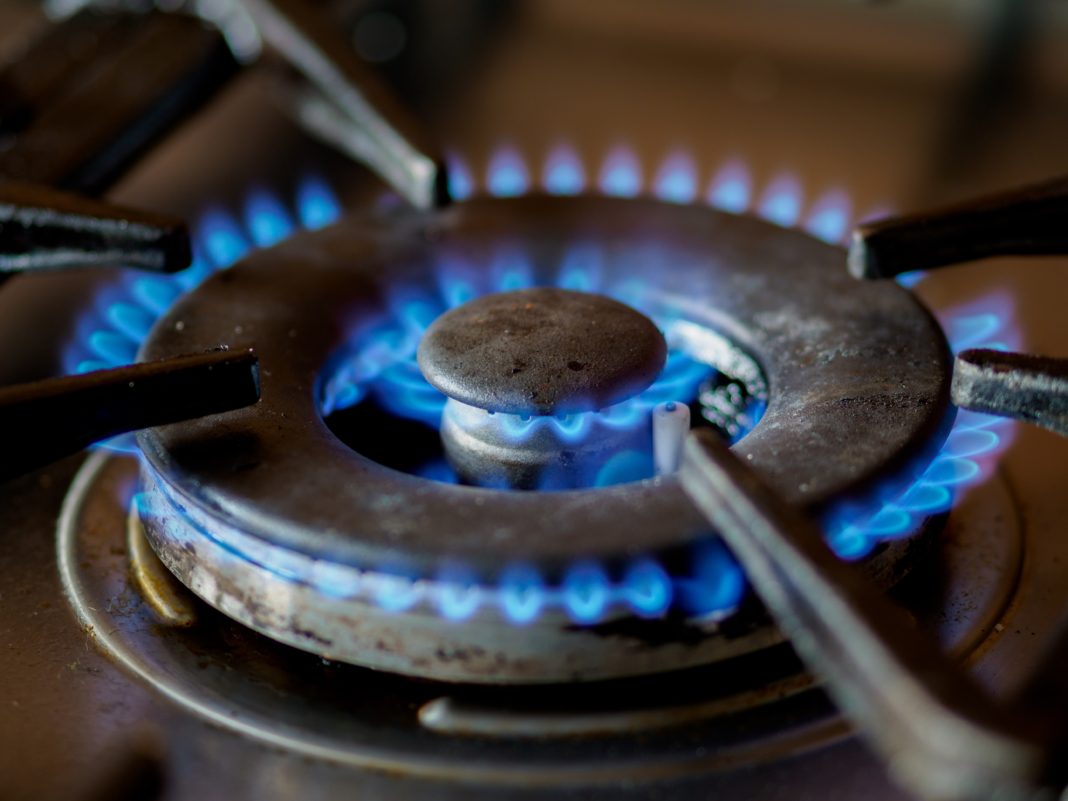This year has seen a global increase in gas prices. A cold winter in Europe put pressure on supplies and lowered the storage gas levels and at the same time, the demand for liquified gas from Asia has increased. These pushed up wholesale gas prices around the world by 250% since January.
In the UK, the energy price cap has caused many companies to collapse as staying in the business was no longer sustainable. The energy price cap limits how much an electricity company can charge a customer, including both the standing charge and price for each kWh of electricity and gas.
The energy cap is calculated by Ofgem (Office of Gas and Electricity Market). It applies if a customer is on a default energy tariff. It covers 15 million households in the UK at the moment. It depends on four factors:
- Costs in the energy market
- Where a customer lives
- How a customer pays
- The type of energy meter
The cap is usually updated twice a year – for the summer and for the winter. It is supposed to keep prices fair both for suppliers and households.
However, as the gas prices increased sharply on a global market, many UK companies have been caught between the limit enforced by the energy cap and the costs of purchasing wholesale gas.
As a consequence, two energy companies went bust this month, while nine others collapsed in September.
One of them was Avro Energy, the biggest supplier on the market, providing energy to 580,000 customers.
Samantha Snow- Gonzales, a 25 year-old Philosophy student at The University of Sheffield was one of the people caught in the mess caused by Avro going bust.
She said: “I just happened to see a news story that my energy company had gone under. They didn’t even send an email and my payment had come out the day before. It is more frustrating than anything.”

Image credit: Josh Appel on Unsplash.com
In order to help the customers whose companies collapsed, Ofgem transfers them to the new suppliers. In the meantime customers are asked to wait for more information and not to do anything on their own about the situation. However, this process is lengthy and very confusing for many people like Samantha.
She said: “I feel caught in the middle of it all. I was in the process of switching providers when it all happened. I was with Avro and was trying to switch to Bulb. I may still do that, but I have to see what happens after I finish switching to Octopus, who is automatically taking over all Avro’s consumers.”
All that Samantha can do right now, is wait for more information, not knowing what the price of her new tariff will be and not being able to choose the company which would offer the best deal for her.
In the meantime, almost a month after Avro’s Energy collapsed on the 22nd of September, it has just started transferring customers to the new provider – Octopus.
On 15 October, Octopus issued the following statement:
“This evening, we officially began transferring Avro’s energy supply to ours for the first handful of customers. (…) There are complex industry rules that dictate how quickly we can do this – we expect it should take 4-6 weeks to complete everyone, and during that time, you won’t be able to switch to another energy supplier without running into complications. We’re planning to contact customers soon with more details about this part of the switch.”
While thousands of people await transfers as their suppliers went under, it is very likely that soon even more customers will be affected. Ofgem predicts that more struggling companies will go bust this month.
Additionally, a new, increased energy price cap comes into effect, driving prices higher for customers. According to the BBC, an average household on standard tariff will have to pay about £139 more per year. Prepayment meter users will see an increase of £153 annually.
Featured image credit: Brett Jordan on Unsplash.com





